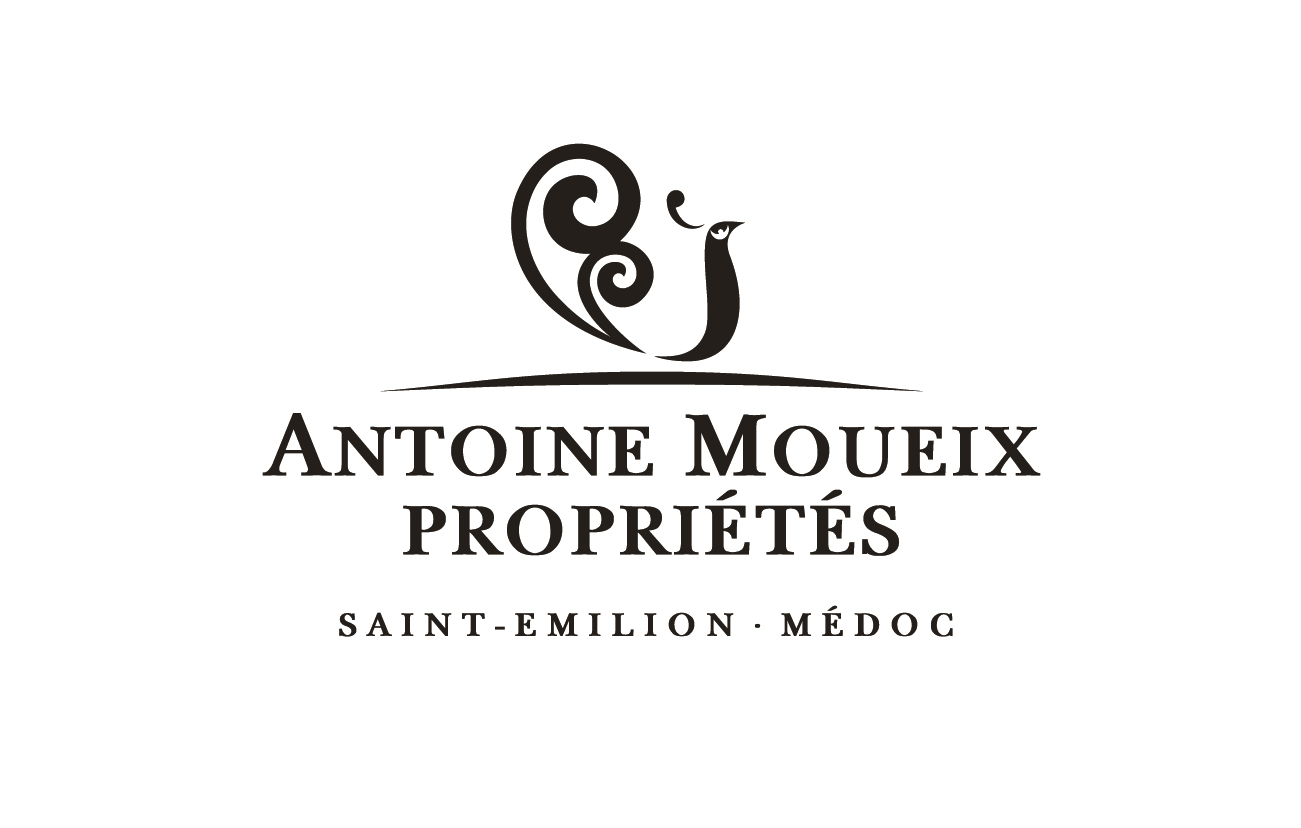Chateau
Patache d’aux
2018
Chateau
Patache d’aux
2018

Climatic conditions
2018 is a sunny, early vintage that will leave its mark on winemakers through the virulence of the mildew and on consumers through the opulence of the wines. It is a vintage of climate rather than terroir, like most of the great vintages such as 2005, 2010 and 2016.
A very wet winter allowed the soil to be recharged in a hybrid way. A very wet spring encouraged the exceptionally virulent development of downy mildew, and the vines grew quite strongly right up to flowering. On 21 May, violent hailstorms affected 80% of the Patache d’Aux vineyards, resulting in major crop losses.
The flowering period was quite chaotic on the estate’s late-ripening terroirs, with the vines having been badly damaged 3 weeks beforehand, resulting in major coulure in the vineyard.
Then the miracle came at the beginning of July with a magnificent summer! The summer of 2018 was the hottest after that of 2003, but without excessive stress or blockages to ripening. The high temperatures degraded the vegetal aromas and stimulated the synthesis of tannins, while the wide temperature variations during the ripening period gave the grapes flavour and colour very quickly. The 2018 vintage is one of the most structured Bordeaux vintages, albeit with a southern character.
Vintage presentation
These very hot vintages, which can be problematic on sandy and gravelly terroirs, are perfect vintages for Château Patache d’Aux, because the concerns about the late ripening of the terroirs are completely offset by a climate that ensures perfect ripening.
The end of the vintage almost made us forget the hail storm of 21 May, which deprived us of a large part of this magnificent harvest.
Château Patache d’Aux 2018 is the sunniest of its lineage, but retains a great deal of freshness thanks to its cold, late-ripening terroir! It is very powerful, with notes of red and black fruit, enhanced by the empyreumatic notes typical of the Cabernets from our terroir. It is certainly the most accomplished of our vintages, but will need a little ageing to temper its power. That’s the fate of great vintages!
From the vine to the glass
Nous avons commencé les vendanges au 20 septembre sur nos merlots établis sur les sols de graves en bordure d’estuaire pour terminer les merlots au 3 octobre sur les calcaires les plus tardifs. Deux profils bien différents ressortent au chai sur ses différents merlots ! Les merlots de graves sont très solaires avec des degrés alcooliques élevés et des aromatiques de fruits noirs et cuits. Les merlots établis sur calcaires argileux montrent des aromatiques de fruits rouges, soutenus par une acidité et une structure tannique très massive. Les extractions ont été pilotées très finement au chai avec peu d’intervention sur les cuves, les extractions douces par remontages et quelques rares pigeages, avec des températures assez fraîches pour limiter les extractions tanniques.
Les cabernets ont été vendangés entre le 5 et le 12 octobre, avec des niveaux de maturité optimaux, assez atypique dans le nord du Médoc pour ne pas hésiter à le relever. Que ce soit sur grave ou argile, les cabernets montrent une fraîcheur incroyable, avec une trame tannique fine et concentrée !
Sur les cabernets fortement touchés par la grêle, la quantité de vendange est faible, la concentration des raisins est assez impressionnante. Au chai, nous avons décidé de travailler sur les infusions plutôt que des extractions de façon à limiter la libération des tanins, donnant des jus de presses assez fabuleux.
Tasting
The very clayey soil with superficial limestone slab defines a powerful, dense wine, with a lovely freshness at the château. The 2018 vintage made it possible to harvest our Cabernet Sauvignons when the tannins were very ripe. Tasted today, this is a very structured wine, fully in keeping with its Nord-Médoc terroir. Deep crimson colour. On the nose, the aromas are marked by black fruit, empyreumatic notes from the Cabernet and floral notes typical of ripe Merlot grown on limestone terroirs. On the palate, the tannin begins to meld with the wood. The density is impressive and deserves to be tamed, so complex, delicate and multi-dimensional is this wine once opened.
Concours Général Agricole de Paris – Médaille d’argent
Andreas Larsson, Tasted – 92 pts
Yves Beck – 91 pts
James Suckling – 91 pts
Vinous – 91 pts




